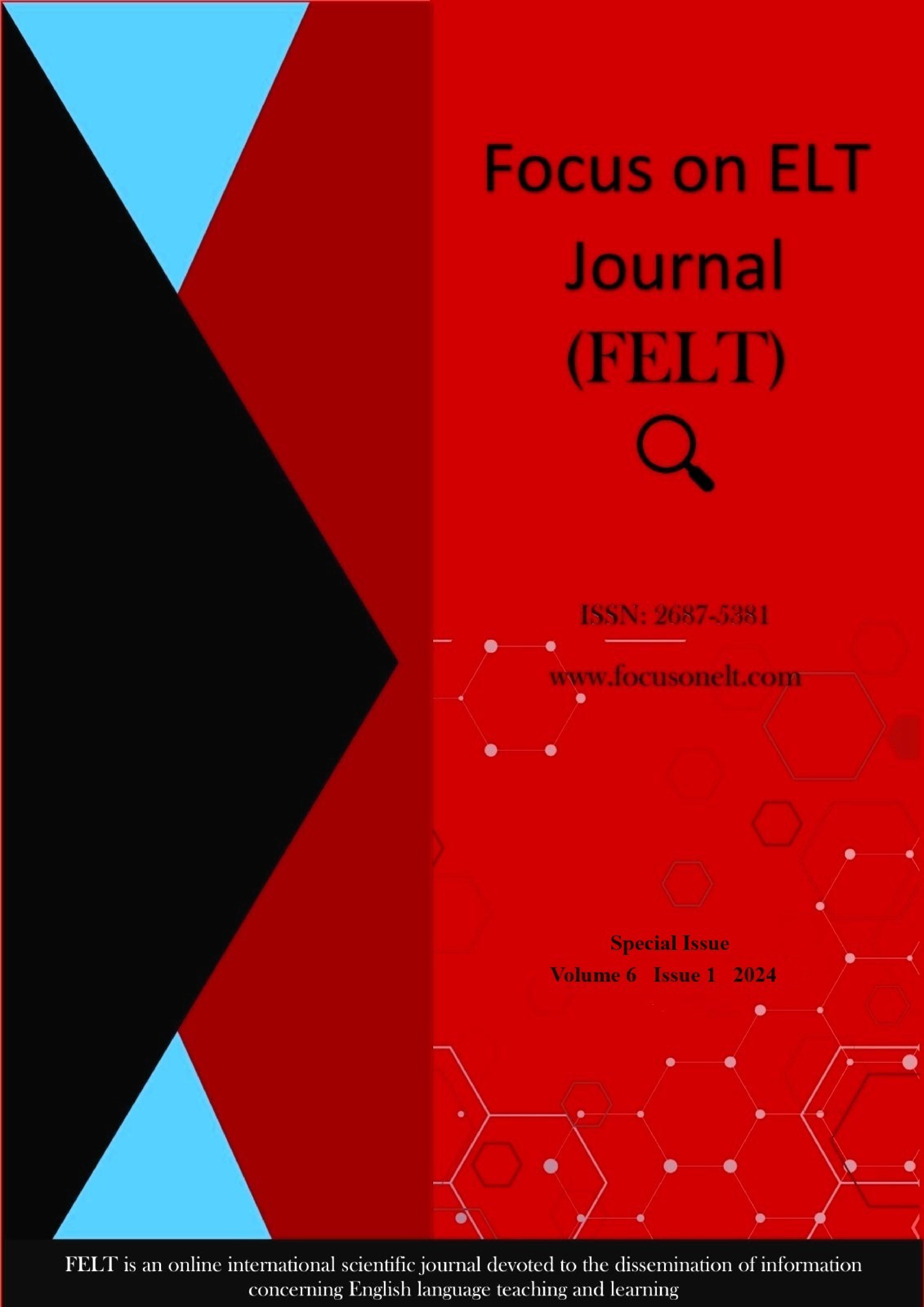Analyzing grammarly software for corrective feedback: Teacher’s perspective on affordances, limitations and implementation
Main Article Content
Abstract
Providing support and feedback in the development of ESL writing skills is imperative for engineering students. The goal of the current study is to assess the potential of using Grammarly software in editing the writing of ESP students while taking into account the current technological advancements in providing computer-mediated corrective feedback and the propensity of engineering students to use digital tools. 35 short essays submitted by first-year students at the University of Novi Sad's Faculty of Technical Sciences were examined in the study. A random selection of essays was made from a pool of online essays written by students during the academic year 2021/2022. In order to compare Grammarly-provided suggestions with the teacher's corrections, the selected essays were corrected by both the teacher and Grammarly software. For the purpose of determining the affordances and limitations of using this digital tool to provide corrective feedback, the authors examined the differences between Grammarly-suggested corrections and teacher-made corrections by classifying them into five groups. According to the results, this tool can be beneficial to ESP classes to some extent, but teacher feedback still plays an important role.
Metrics
Article Details

This work is licensed under a Creative Commons Attribution-NonCommercial-NoDerivatives 4.0 International License.
References
Anson, C. (2006). ). Can’t touch this: Reflections on the servitude of computers as readers. In P.F. Ericson, R. Haswell (eds), Machine scoring of human essays, 38-56. Logan, UT: Utah State University Press.
Bhattarai, M. (2007). ABCDEFG IS-the principle of constructive feedback. JNMA J Nepal Med Assoc, 46(167), 151-156.
Britannica. (n.d.) Artificial Intelligence. Retrieved November 13, 2022, from https://www.britannica.com/technology/artificial-intelligence
Burns. E. (n.d.), What is artificial intelligence (AI)? TechTarget. https://www.techtarget.com/searchenterpriseai/definition/AI-Artificial-Intelligence
Canh, L. Van. (2015). Key issues in language teaching (Book Review). English Australia Journal, 32(1), 113–116.
Chappelle, C. (2001). Innovative language learning: Achieving the vision. ReCALL, 13(1), 3-14. https://doi.org/10.1017/S0958344001000210
Daniels, P., & Leslie, D. (2013). Grammar software ready for EFL writers? OnCue Journal, 9(4), 391-401.
Dembsey, J. M. (2017). Closing the Grammarly® gaps: A study of claims and feedback from an online grammar program. Writing Center Journal, Vol. 36, (1), 63-96. https://doi.org/10.7771/2832-9414.1815
Dikli, S. (2010). The Nature of Automated Essay Scoring Feedback. CALICO Journal, 28(1), 99–134. https://www.jstor.org/stable/calicojournal.28.1.99
Ghufron, M. & Rosyida, F. (2018). The role of Grammarly in assessing English as a foreign language (EFL) writing. Lingua Cultura, 12(4), 395-403. http://dx.doi.org/10.21512/lc.v12i4.4582
Grammarly Blog. (2019, May 17). How We Use AI to Enhance Your Writing / Grammarly Spotlight. Retrieved November 13, 2022, from https://www.grammarly.com/blog/how-grammarly-uses-ai/
IBM Cloud Education. (2020, May 1). Deep Learning. Retrieved November 13, 2022, from https://www.ibm.com/cloud/learn/deep-learning
Koltovskaia, S. (2020). Student engagement with automated written corrective feedback (AWCF) provided by Grammarly: A multiple case study. Assessing Writing, 44, 1–12.
Mitchell, T. M. (1997). Machine Learning, McGraw-Hill Education: Maidenhead, U.K.
Moqsith, M. (2022). The Use of Grammarly Software in Mastering Paragraph Writing: A Systematic Literature Review. Jurnal Penelitian, Pendidikan, dan Pembelajaran, 17(24).
O’Neill, R., & Russell, A. M. T. (2019). Stop! Grammar time: University students’ students’ perceptions of the automated feedback program Grammarly. Australian Journal of Educational Technology, 35(1), 42-56. https://doi.org/10.14742/ajet.3795
Qassemzadeh, A., & Soleimani, H. (2016). The impact of feedback provision by Grammarly software and teachers on learning passive structures by Iranian EFL learners. Theory and Practice in Language Studies, 6(9), 1884-1894. https://doi.org/10.17507/tpls.0609.23
Stevenson, M., & Phakiti, A. (2014). The effect of computer-generated feedback on the quality of writing. Assessing Writing, 19(1), 51-65. https://doi.org/10.1016/j.asw.2013.11.007
Wichadee, S. (2013). Peer feedback on Facebook: The use of social networking websites to develop writing ability of undergraduate students. Turkish Online Journal of Distance Education, 14(4), 260–270.
Zinkevich, N.A., & Ledeneva T.V. (2021) Using Grammarly to Enhance Students’ Academic Writing Skills. Professional Discourse & Communication. 3(4), 51-63. https://doi.org/10.24833/2687-0126-2021-3-4-51-63
Zhao, F. (2003). Enhancing the quality of online higher education through measurement. Quality Assurance in Education, 11 (4), 214-221. https://doi.org/10.1108/09684880310501395
Zhang, Z., & Hyland, K. (2018). Student engagement with teacher and automated feedback on L2 writing. Assessing Writing, 36(1), 90-102, https://doi.org/10.1016/j.asw.2018.02.004

